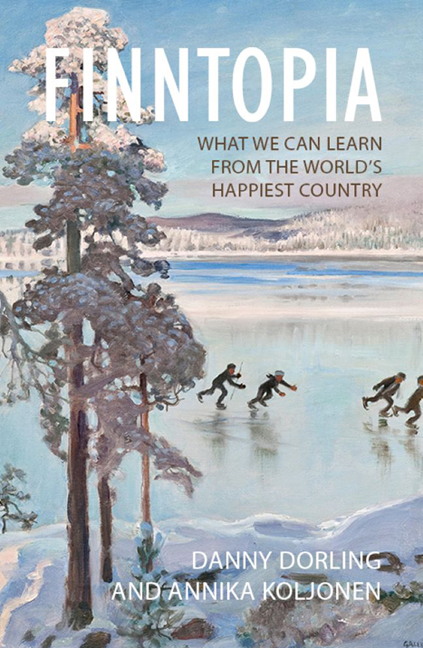Part III - The Future
Published online by Cambridge University Press: 20 December 2023
Summary
In this final section of Finntopia, we begin with politics and populism, looking at how turnout in elections varies among affluent countries and across the states of the United States. Finland, alongside other more equitable countries, has relatively high voter turnout – and it has been rising in recent years. However, voter participation is still lower than in Norway, Sweden, Denmark and the Netherlands. Politics in Finland is complex, with coalition governments made up of many political parties, and voter fatigue is common.
As we write, in early 2020, the country is governed by a very new, politically progressive coalition made up of a diverse group of parties. To explain how this happened, in Chapter 7 we have redrawn a complex political-space map originally disseminated by the Finnish state broadcaster Yleisradio Oy (Yle) in April 2019. That political map helped explain the positions of political parties’ candidates on a number of issues. We end by mapping the results of the most recent general election over population-space using a population cartogram.
In Chapter 8, we focus on demography and the environment. We begin by depicting how birth and death rates in Finland have varied from 1749 through to the present day, not only highlighting the impacts of famine and war, but also showing how, since 2014, death rates have consistently exceeded birth rates. Next, we consider the fall in fertility over the past century, and then the fall in migration to Finland in the early 1990s and its rise in the twenty-first century. Today net in-migration is the only reason that the population of Finland is not falling. We show where migrants to Finland have come from, and then link all of this to the major environmental challenges being faced by Finland – and the world – today. In matters of environmental action, Finland punches well above its weight.
Chapter 9, on future challenges and success fatigue, begins with the concerns of young people who are suffering or struggling. Mental health is a problem in Finland, but worldwide only Denmark has a smaller percentage of young people who say they are not thriving mentally.
- Type
- Chapter
- Information
- FinntopiaWhat We Can Learn from the World's Happiest Country, pp. 157 - 160Publisher: Agenda PublishingPrint publication year: 2020



